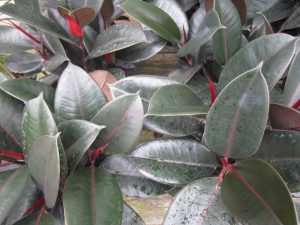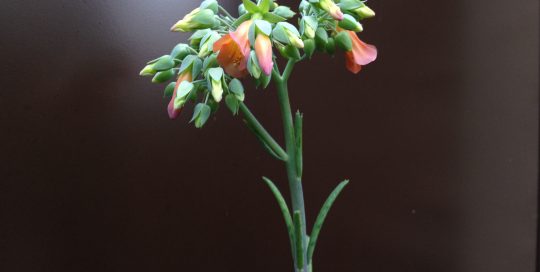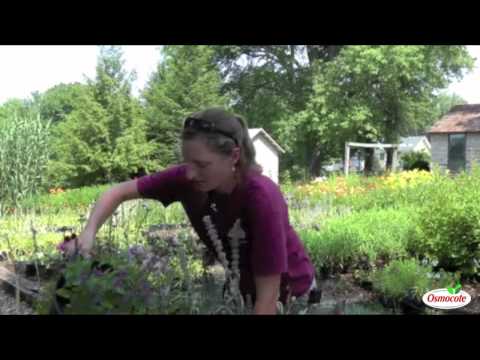Rubber Plants are the Perfect Office Plant
Views: 9738

I used to take care of a handful of interior plants at a dentist’s office here in Bloomington, several of which were Rubber Plants, or Ficus elastica.
I greatly appreciated the non-fussy nature of these plants, especially considering the company they were in. The other, more needy plants in the office were a sad lemon tree with reoccurring spider mite infestations, two Dracaena that constantly had brown tips and, despite my lack of watering, were somehow always soggy, a large thirsty Ficus benjamina tree that required weekly pruning to keep it off the walls and ceiling, and, last but not least, a few messy Heart-leaf Philodendron which were awkwardly placed on top of much-used cabinets so their stems were constantly in the way and dropped leaves into sterile areas.
No-Fuss Office Plant
Amidst these poor performers, the Rubber Plants shined. All they asked for was the occasional dusting, rotation, and water, so you see why I quickly grew to love these no-fuss plants.
Their large, waxy leaves are so much easier to dust than most interior plants, and the purple and red hues look classy in any setting. Use a soft cloth, dry or damp, to dust leaves as needed. For even glossier leaves, use a leaf shine product, such as Miracle-Gro Leaf Shine, available at many nurseries and box stores.
Rubber Plants will look their best if kept in a room with moderate to bright indirect sunlight. They also do well in office environments with artificial lighting, as long as the lights are on for at least eight hours per day (excluding weekends). Several of the Rubber Plants I cared for were far from the nearest natural light source, and they grew just as well as the plants closer to the windows. Rotate plants occasionally to promote even growth.
Plant Care
Rubber plants are a great plant if you tend to forget to water. While they like consistent moisture best, their thick waxy leaves retain moisture well, so they are very forgiving of the occasional dry spell. Overwatering is more problematic and leads to yellowing, leaf drop, and fungal diseases. Just remember the number one rule of watering which is, always feel the soil before watering and don’t water if it feels damp. Some leaf drop of the older, lower leaves is normal. For best results, mix in a balanced water-soluble fertilizer every few weeks during the growing season.
You don’t generally need to prune, but you can occasionally trim back of an unruly stem. Just cut the stem at the desired height no more than a quarter of an inch above a leaf node. The plant will exude a white sticky sap that is easy to clean up with a few dabs of an absorbent cloth (caution: sap can cause skin irritation in some people, especially children). Even though the Rubber Plant is not actually used in the production of rubber, this sap is where the plant gets its common name since it contains latex and dries into a sort of low-quality rubbery material.
I have never had to deal with any pest or disease issues with Rubber Plants, but they are susceptible to scale, mealybugs, spider mites, thrips, and several fungal and bacterial diseases.
Meet Abbi Hayes
Abbi's Recent Posts

Kalanchoe delagoensis: Mother of Millions







